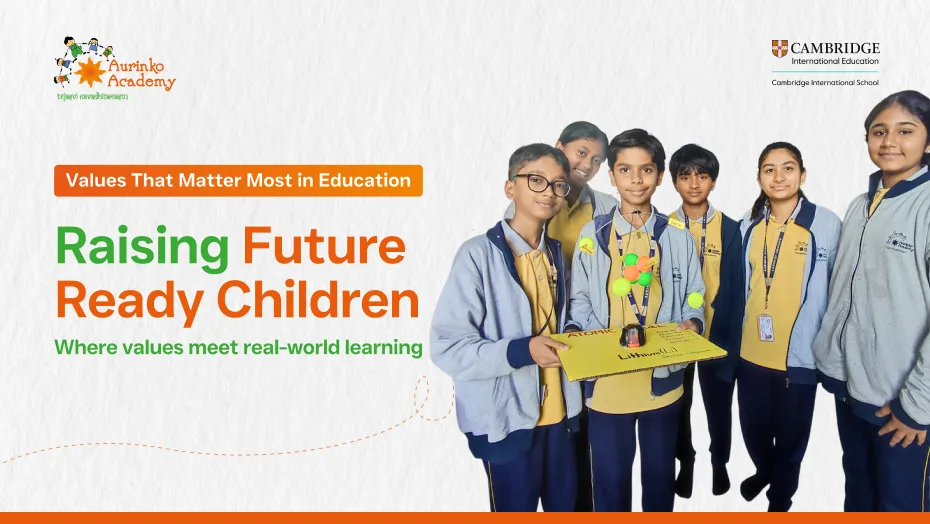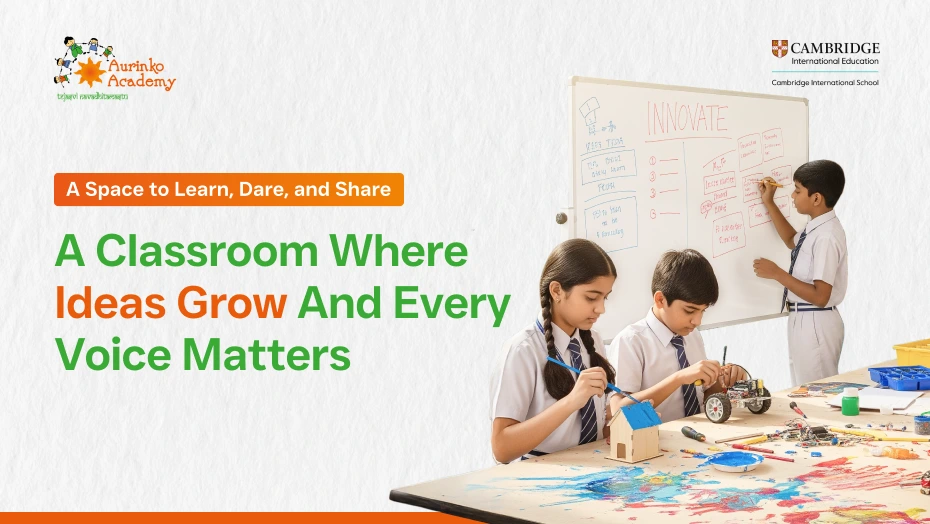Best-in-class talent sourcing and acquisition represent a more holistic, strategic approach to workforce planning. Here, the focus is not just on securing quality talent for today’s job openings, but on planning for tomorrow’s workforce needs, as well.
Why do you want to work here?” you ask any interview candidate. The applicant’s qualifications are satisfactory, but that’s only the tip of the iceberg. A school’s quality depends largely on its teachers. As a result, a few things school management does are more important than hiring the right teachers. Of course, fostering a climate of collegiality and helping faculty members progress along the career path charted are also vital. But it all begins with the hiring process.
The important thing, about any school when hiring is to determine if the candidate is the right match (between institution and individual). At The Aurinko Academy, we use our teacher application form to determine who has the drive and creativity to teach at our school. The part which helps decide is a 2X3 inch box instructing candidates to “use this space as you wish, as another way to tell us or show us something about you. Be creative. Be humorous. Be serious. You decide.” Reading responses to these questions helps us see how the applicants might fit into our school.
Although the decision is ultimately mine being a part of the management, I always involve staff members in the interviews. Before the candidates walk into the room, I convene with the panel to list the qualities we are seeking and to warn against the tendency to “hire ourselves.” As it’s natural to lean toward those whose viewpoints we share, we must take care not to miss other strong candidates whose different backgrounds, perspectives, or sets of beliefs may benefit the school.
I begin interviews by asking candidates to tell us about themselves in 2 minutes. This gives us a chance to see what they value in their background and training – and what incident or experience that has made them. Then the real questions start.
I always have a demo class as a part of the interview process. Here the candidates need to describe which education theory frames their teaching practice and why. Apart from the demo class, I also ask them questions on hypothetical questions such as – “What would you do if 10 percent of your class failed an exam?””25% of the students say that they already know the concept, how will you engage them?” or “if I walk into your class, what would I see you doing in engaging the class?. These questions help see how the teacher can manage different learners in a classroom. ” I want to hear how candidates structure their classrooms, how they differentiate curriculum and pedagogy, and what roles they play in grooming young minds.
Being a progressive school, we place great importance on learning with and from others. Sometimes I ask, “What is your greatest weakness, and what is it you are doing to overcome it?” “What was your previous mistake and what did you learn from that experience?” This helps assess how the candidate handled the pressure and worked with others in finding the solution. We also ask candidates their views on collaborative relationships with other staff and also elaborate on certain instances on how they were able to empower each other through collaboration.
The other qualities that make a great teacher: A communicator, a disciplinarian, a conveyor of information, an evaluator, a classroom manager, a counselor, a decision-maker, a role model to the students. The other important aspect is the ability to connect with the students so that the children and teacher can have an open relationship which helps foster better learning.
We also ask the candidate to talk us through their daily experience in their current school. This will help describe the benefits and challenges of being part of this faculty.
TeachThought has greatly summarized 15 rules of Great teaching. Challenge is to uncover these in the interview.

I also know that one teacher cannot morph him/herself into all the roles that the school desires. So at The Aurinko Academy, we are targeting 3 types of teachers who will be a part of our teaching program. They are:
Faculty: Best of teachers in the city are employed at school; they have excellent pedagogy where their philosophical beliefs are harbored on governed by the pupil’s background knowledge and experience, situation, and environment, as well as learning goals set by the student and teacher. They are focussed on how the students study and fare for the boards
Key Resource Person (KRP): They help lay the foundation for the key subjects; they teach concepts and help relate them to real-life scenarios. This helps students understand the concepts and apply them better (as opposed to the rote method) and also encourages learning
Associate Resource Person (ARP): These are outcome focussed – involved in setting up tests, evaluations, assessments, and competitive exam coaching.
By taking the time to hire the best candidates for our needs, we can position our schools and ourselves for continued growth and help our students fulfill their potential by instilling in them the love for learning, inquiry, and knowledge.
Image Credit: Workable






